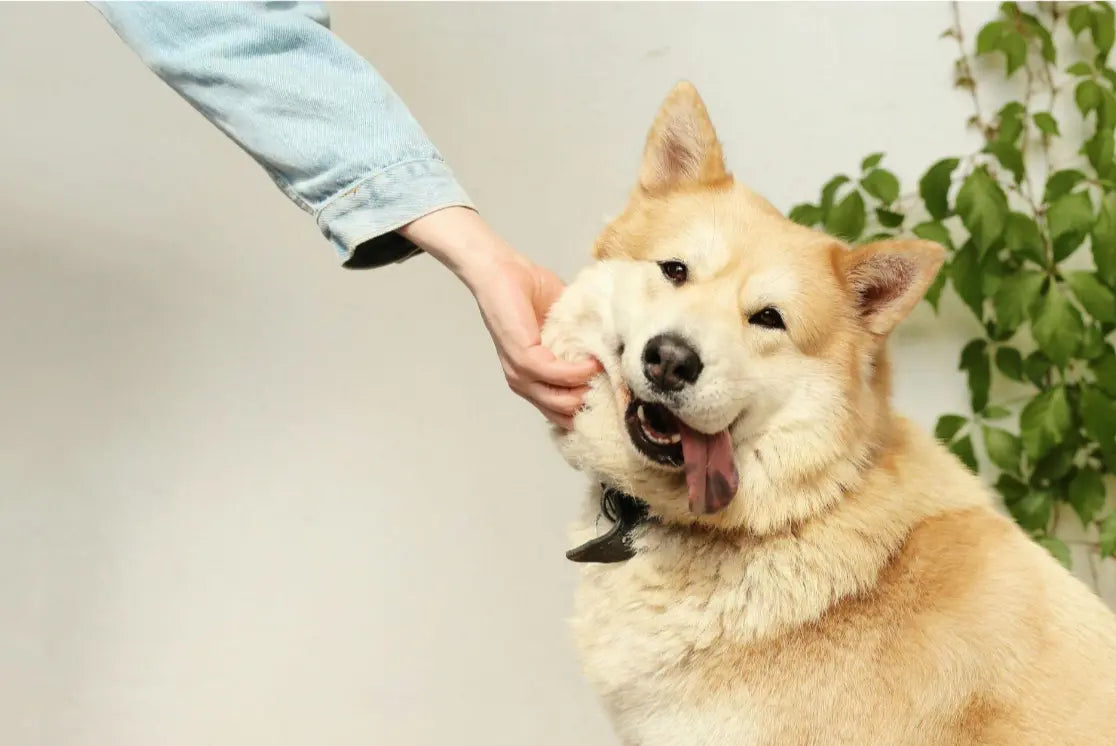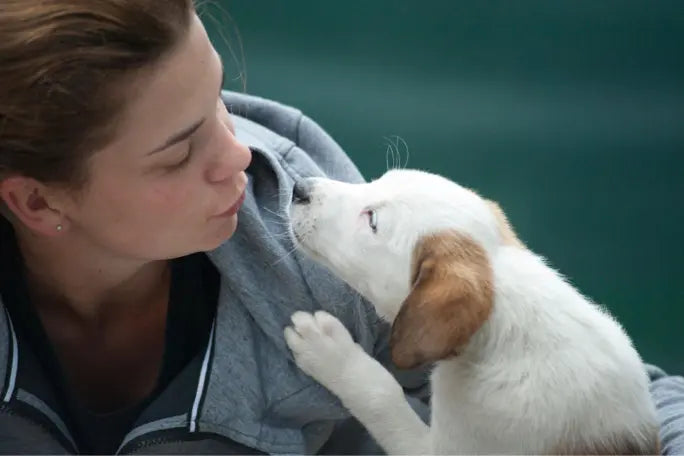Do You Want to Become the Best Dog Trainer? Whether your goal is to shine in dog shows, master obedience events, or excel in agility trials, success starts with a love for dogs and a commitment to continuous learning. Being a great dog trainer isn’t just about knowing how to handle dogs; it’s about building a strong, trusting bond with them. Here are the top tips to help you become the best at what you do.
1. Invest in Training and Education
The best dog trainers never stop learning. Training your dog is important, but so is training yourself. Here’s how you can grow:
- Master the basics: Start with foundational commands like "sit," "stay," and "come." A strong base makes advanced training easier.
- Take classes: Join obedience, agility, or show-handling classes led by experienced trainers. Group classes are also great for socializing your dog.
- Learn dog behavior: Dive into books, videos, and workshops on dog psychology. Understanding how dogs think will transform your training methods.
- Be consistent: Daily practice reinforces commands and keeps your dog sharp and responsive.
Some aspiring dog trainers are also students balancing classes and training sessions with their pups. If managing schoolwork and training feels overwhelming, consider finding ways to lighten your academic load. “Who can help do my assignment for me cheap? For example, there are plenty of services that will delegate some tasks or getting a tutor can free up time to focus on honing your dog-handling skills. With the right balance, you can succeed in both your studies and your training journey without compromising your goals
2. Understand Your Dog
Every dog is unique. Knowing your dog’s personality, energy level, and natural instincts will set the stage for effective training.
- Read their body language: Notice their tail wag, ear position, and posture to understand when they’re happy, stressed, or confused.
- Match their breed’s instincts: For example, herding dogs thrive on mental challenges, while scent hounds excel at nose work.
- Adapt your approach: Tailor your training style to meet your dog’s specific needs and motivations.
3. Build a Strong Bond
The best trainers have a deep connection with their dogs, built on trust and respect. Here’s how to strengthen your bond:
- Use positive reinforcement: Reward good behavior with treats, praise, or playtime. This builds a positive association with training.
- Spend quality time together: Beyond training, enjoy activities like hikes, fetch, or just relaxing together.
- Be patient: Training takes time. Celebrate small wins, and focus on creating a positive experience for your dog.
4. Hone Your Handling Skills
Handling is an art, especially in competitive settings. Everything from leash control to body language matters.
- Perfect your timing: Reward or correct your dog immediately so they associate the action with the consequence.
- Stay calm and confident: Dogs pick up on your energy. Stay composed, even in high-pressure situations.
- Move gracefully: If you’re competing, practice moving in sync with your dog to create a seamless presentation.
 5. Prepare Like a Pro
5. Prepare Like a Pro
Success in competitions starts with preparation. Here’s how to set you and your dog up for victory:
- Train in different environments: Expose your dog to various settings to reduce sensitivity to new surroundings.
- Focus on presentation: For dog shows, grooming and appearance are key. For agility or obedience events, showcase your dog’s skills with enthusiasm and precision.
- Know the rules: Each event has specific judging criteria. Familiarize yourself with the guidelines to avoid surprises.
6. Commit to Growth
Becoming a great dog trainer is an ongoing journey. Here’s how to keep improving:
- Seek feedback: Reach out to trainers, judges, or handlers for constructive advice.
- Set achievable goals: Break down big goals into smaller, actionable steps. Celebrate progress along the way.
- Enjoy the process: Training is about more than results—it’s about the joy of working with your dog and building a connection.
7. Rewarding your pup like a pro
Every good dog trainer knows this golden rule: rewards are the key to a happy, motivated pup! Positive reinforcement helps your dog associate good behavior with something they love, making training a fun and rewarding experience for both of you.
And what’s better than homemade treats?
Homemade treats are not only a healthier option, but they’re also a great way to show your dog some extra love. Plus, they’re customizable, so you can create flavors your pup can’t resist! From beef jerky to oat-based cookies, these treats are the perfect way to say, "Good job, buddy!"
Training Tip: Keep your treats small and bite-sized for quick rewards during training sessions. This keeps your dog focused without filling them up too fast.
Your dog deserves the best, and homemade rewards make every achievement even sweeter! You can find some great treat recipes here .
In Conclusion
Becoming a world-class dog trainer requires more than skill—it takes heart, dedication, and a true bond with your dog. By continuously learning, adapting to your dog’s needs, and embracing the journey, you’ll achieve great things together.
After all, isn’t the best part of working with dogs the unbreakable bond you create along the way?



